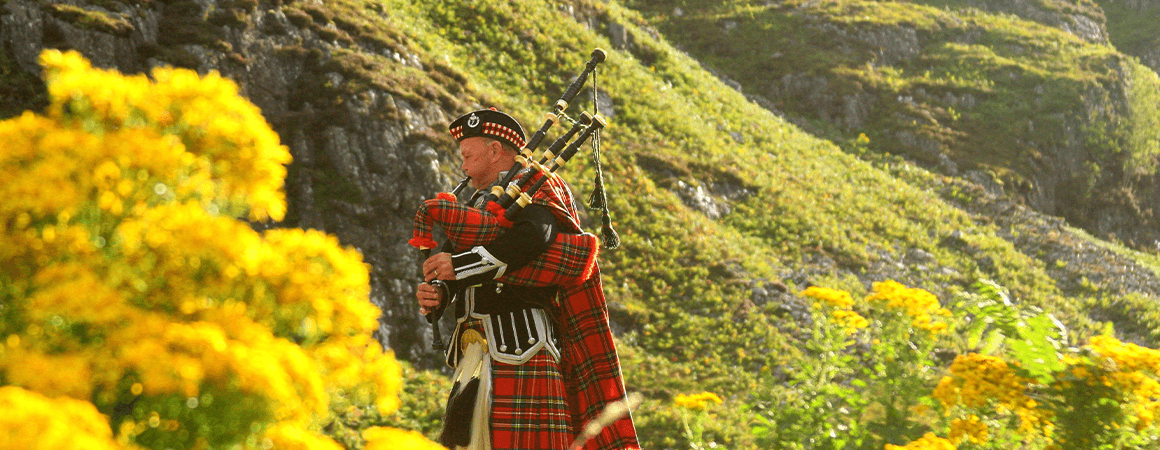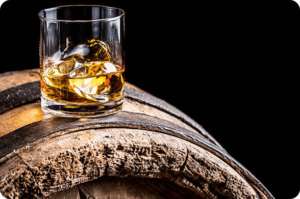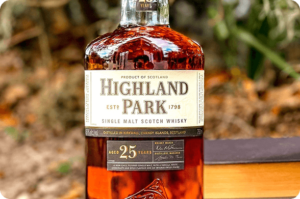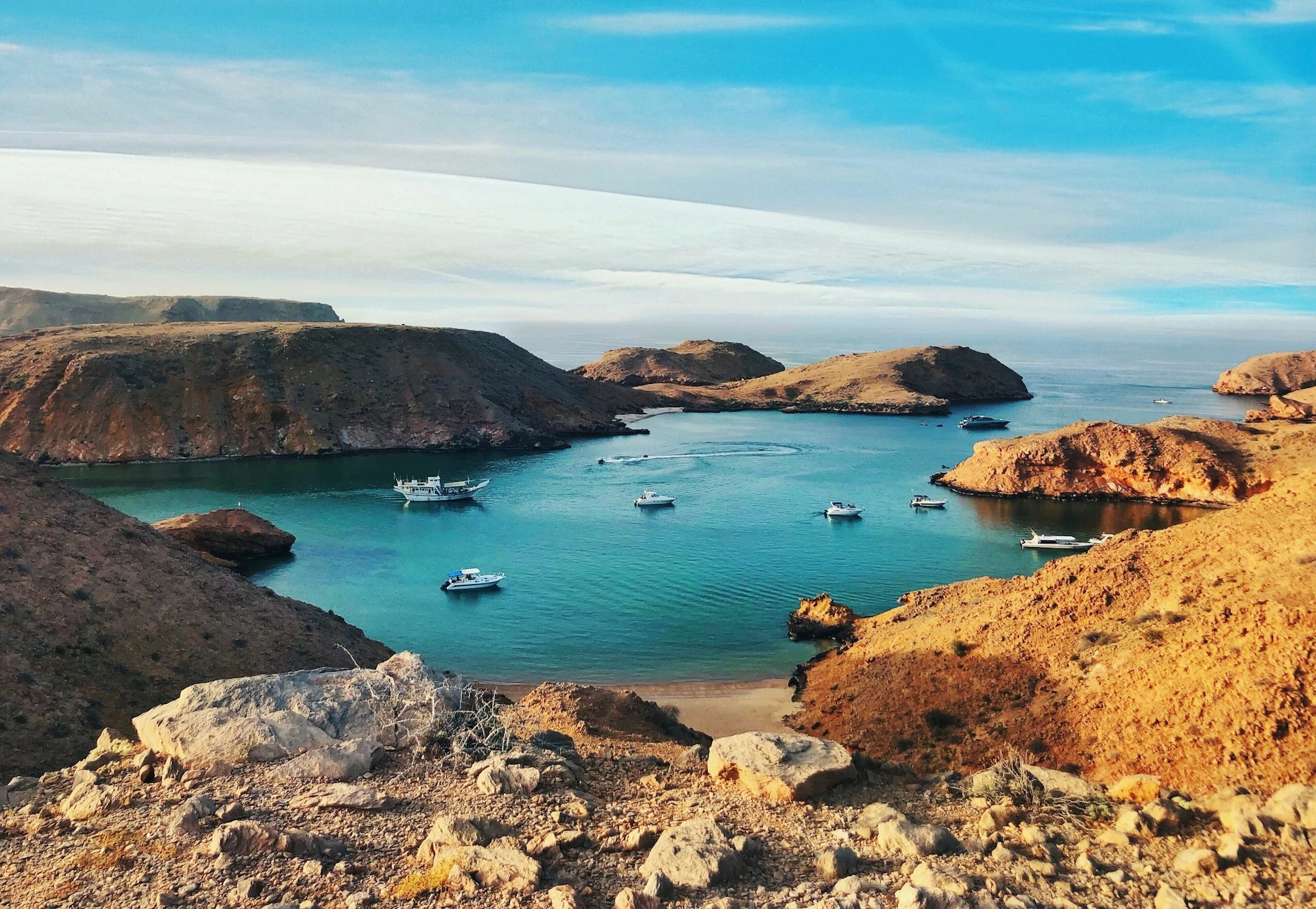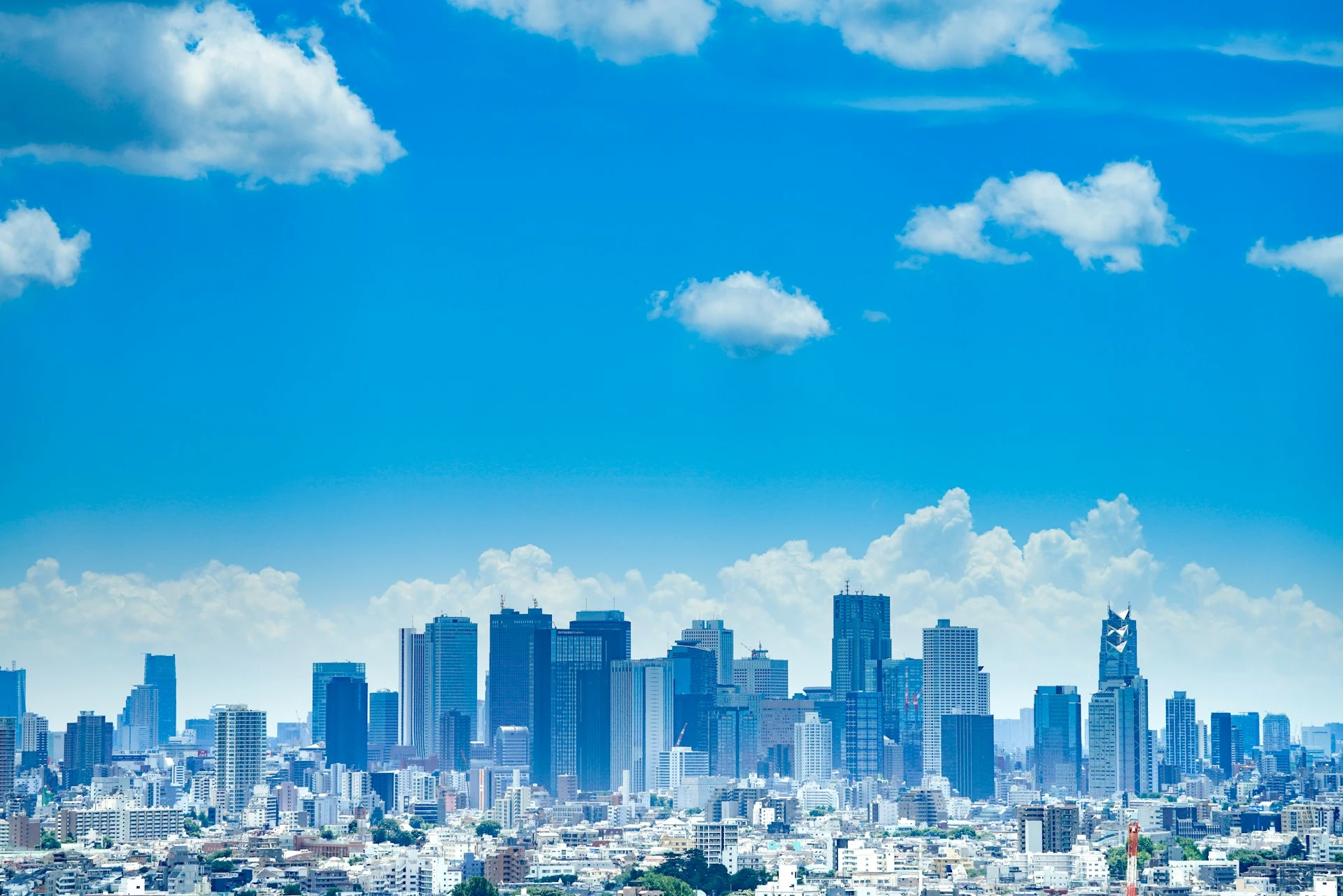Written by Helen Geny
May 20th is World Whisky Day, with celebratory events taking place all over the globe.
You would actually need many, many “drams” (the Scottish term for a glass of whisky) to sample the huge variety of whiskies that are made in Scotland. There is an incredible breadth of colours, flavours, and fragrances to be found in this mythical drink, produced by more than 140 distilleries around the country.
The earliest record of a distillery in Scotland is from 1494, and the term whisky comes from its Gaelic name “Uisge beathe” (pronounced ‘oosh-kay-bae-ha’) meaning water of life. This superlative name relates to the Latin name for alcohol (aqua vitae), but I have no doubt it also links to the fact that life in 15th century Scotland must have been tough, owing to clan battles, the unforgiving landscape, and a pretty harsh climate. A drop of whisky must have helped!
As a Scot, whisky evokes memories of family trips to the Highlands—my father teaching me how to ask my grandfather, a native Gaelic speaker, if he would like a glass of whisky. His look of surprise and joy when I pronounced those tricky words is a memory that I will always treasure.
More recently, a little dram of whisky has been a much needed reviver after a hike in the mountains. Enjoyed in front of a roaring pub fire, it really does provide a warming glow!
The way you drink your whisky is a personal matter and there are no real rights or wrongs. Some say not to add water, while others insist it is essential to bring out the flavours. The only thing that does seem to be a bad idea is adding ice to a single malt as the lower temperature dulls the tastes and scents that make each one unique.
Scotch whisky can be grouped into five regions. Starting off, there is Lowland in the south, for smooth, fragrant drams, then south west to Campbeltown for richer, fruitier notes. Moving west is Islay, a little island of the Inner Hebrides which currently has 9 distilleries, including the big names of Bowmore, Lagavulin and Laphroaig that are typically strong on peaty, smoky flavours. From there, head north to Speyside for an incredible density of active distilleries, including Glenfiddich and The Macallan. Finally, the Highland region covers a large diverse area, from the Isle of Skye to the isle of Orkney, 180 miles north of the mainland, home to one of my favourites, Highland Park.
Many distilleries are worth visiting even if you don’t like whisky. The buildings can be really unique, like the charming traditional copper towers at Dalwhinne, or the stunning state-of-the-art sustainable architecture of the new Macallan centre. The geographic locations can also be wonderful. Talisker’s edge of the world situation, on a beach on the Isle of Skye, lives up to anyone’s romantic dreams of Scotland.
Like the country itself, whisky is distinctive and full of variety. It demands a reaction—you can’t be indifferent. It may not be for everyone, but a little exploration can offer many surprises and pleasures.
Whisky can also be a great investment: 1 bottle of 60 year old Macallan recently sold at auction for 1.9 million dollars!
Scots have historically emigrated all over the world and that may be why a bottle of Scotch is sure to be found in any bar in all corners of the globe. Whisky (or whiskey in Ireland and the USA) is made in other countries and some are of an amazing standard, notably those from Japan. But for me, it will always be a fundamental part of the Scottish spirit.
Happy World Whisky Day!
